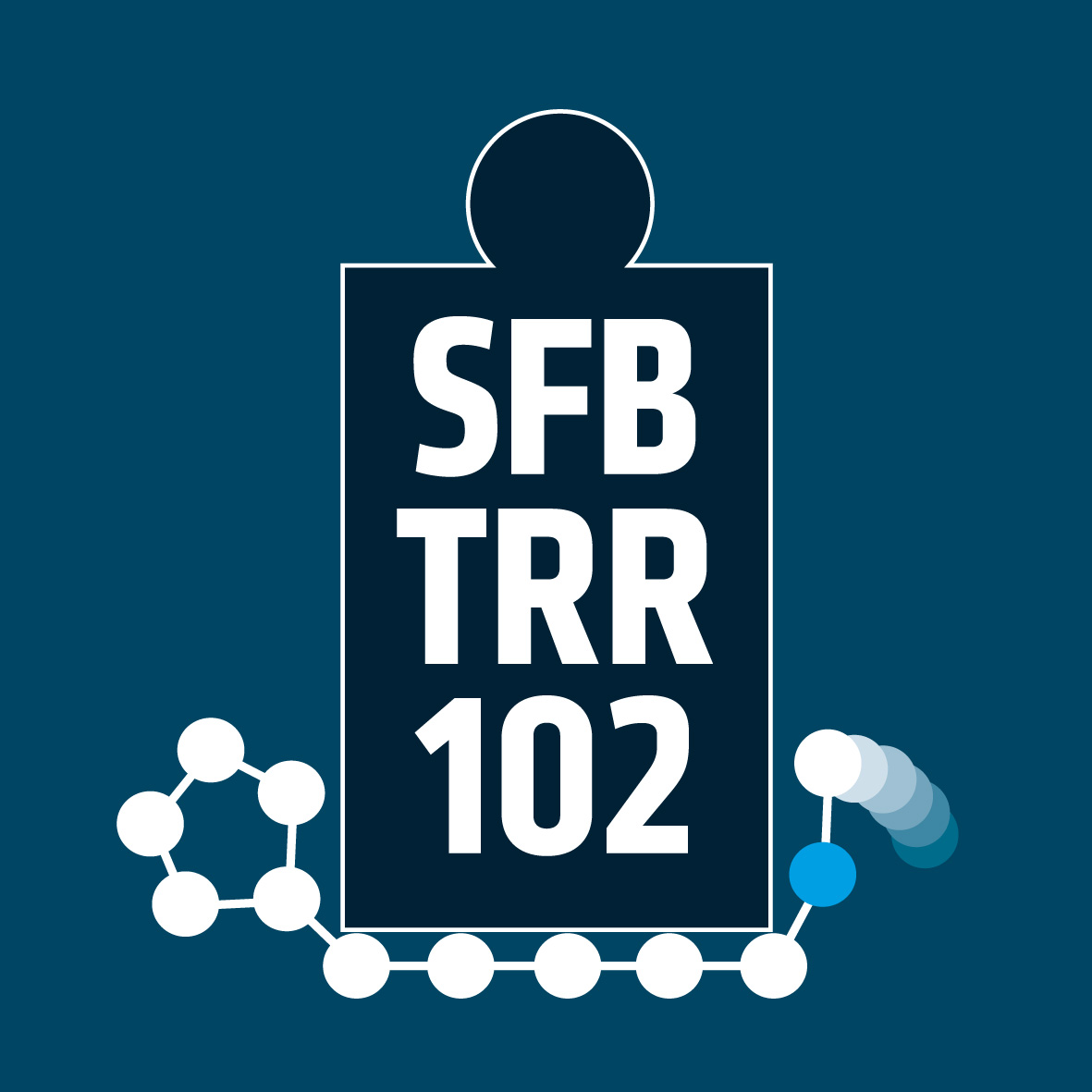Veranstaltungen 2020
Di, 15.12.2020 (Webinar)
17:15 Uhr
Anatoli Serghei
University Claude Bernard Lyon, France
Crystallization of nano-confined materials down to the scale of attograms and zeptograms: the impact of flow and high electric fields
The crystallization of nano-confined polymers leads to nano-materials exhibiting
physical properties different from the bulk. This is due to finite size effects, to
molecular interactions caused by the presence of interfaces as well as to orientation effects imposed by the symmetry of the confining geometry. The nano-confinement can be thus used to induce physical properties not naturally available in the bulk. Overcoming the interactions that lead to substantial changes in the properties of nano-confined materials would open the possibility of “manipulating” confinementeffects, with the perspective of inducing new material properties different from those in the bulk and in nano-confinement. In the present contribution, recent experimental developments that allow one to investigate the impact of the flow process into nanopores on the crystallization of nano-confined polymers as well as the crystallization behaviour of attograms and zeptograms of matter (1 attogram = 1E-18 grams, 1 zeptogram = 1E-21 grams) under high electric fields (1E5 V/cm) are presented. A significant difference between crystallization under static confinement and crystallization under flow in nano-confinement is reported. It is also shown that crystallization of attograms and zeptograms of matter under high electric fields leads to properties that are different from those measured in nano-confinement. Our results bring evidence for the ability of manipulating nano-confinement effects by flow or by applying high electric fields.
Di, 07.07.2020 (Webinar)
17:15 Uhr
Prof. Klaus Schmidt-Rohr
Brandeis University, Waltham, Massachusetts, USA
Chain Ends at Polymer Crystallite Surfaces
Abstract:
The principle of avoidance of density anomalies in semicrystalline polymers predicts that chains will preferably end at the crystallite surface. For polyethylene, polyoxymethylene, and (partially) poly(e-caprolactone), this prediction has been confirmed by NMR experiments that probe the chain-end conformation, immobilization, localization at the crystallite surface, and clustering in the surface layer, by means of conformation-dependent chemical shifts, absence of significant motional narrowing, 1H spin diffusion and 13C spin exchange, respectively. Chain-end diffusion is also restricted.
Di, 30.06.2020 (Webinar)
17:15 Uhr
Prof. Zvonimir Dogic
UC Santa Barbara, USA
Topological defects in three-dimensional active nematics
Abstract:
Two-dimensional active nematic liquid crystals generate mesoscopic active stresses that render the entire system unstable. For extensile nematics, slight bend distortions of the director field create hydrodynamic flows that further deform the director field. Upon saturating, these distortions produce pairs of motile point-like topological defects that drive large-scale turbulent-like dynamics. Such defect driven dynamics has been observed in diverse systems ranging from shaken granular rods and reconstituted cytoskeletal components to swimming bacteria and dense tissues composed of anisotropic cells. In comparison to extensively studied 2D systems, very little is known about the dynamics of three-dimensional active nematics. We describe novel methods for assembling 3D active nematic liquid crystals and our ongoing efforts to characterize both the structure and dynamics of the string-like topological defects found in these highly dynamical materials. Our results illustrate how active matter can serve as a platform for testing theoretical models of non-equilibrium statistical mechanics, developing a new class of soft machines and potentially even shedding light on self-organization processes occurring in living cells.
Di, 04.02.2020
17:15 Uhr im Seminarraum 1.27 Von-Danckelmann-Platz 4, 06120 Halle
Prof. Dr. Fritz Keilmann
Faculty of Physics, Soft Condensed Matter Group, Ludwig-Maximilians-Universität, München
Infrared near-field microscopy
Abstract:
Infrared illumination of an AFM tip can produce infrared images ontop of topography at, surprisingly, identical super-resolution of 20 nm. In my talk I explain how and why this is possible (hint: surface waves), and describe applications.
The technique called scattering-type optical near-field microscopy (s-SNOM) enables quantitative chemical recognition of nanoscale inhomogeneities, e.g., during insulator-metal phase transitions, in polymer mixtures, or in cometary matter. It has allowed to study the nanoscale architecture of biominerals and, recently, electron correlation on twisted bilayer graphene even at LHe temperature.
Details
Keilmann_04022020.pdf
(479,2 KB) vom 10.01.2020
Di, 28.01.2020
17:15 Uhr im Seminarraum 1.27 Von-Danckelmann-Platz 4, 06120 Halle
Dr. Andreas Lauenroth
Gründerservice, Martin-Luther-Universität Halle-Wittenberg
"Why, what, how? - Knowledge transfer and startups at MLU"
Abstract:
Which idea is a good idea? What is a proper business model? How to deal with intellectual property? Where to apply for funding?
Those and other questions should be answered by scientists interested in technology transfer - but not just on their own. Martin Luther University’s transfer and entrepreneurship office provides information, training and services to scientists, covering all aspects of research valorisation and technology transfer, including validation, legal protection and marketing of technology and inventions, engaging in research relationships with industry, and the creation of business cases for entrepreneurial spin-out activities.
Details
Lauenroth_28012020.pdf
(465,4 KB) vom 17.12.2019
Di, 07.01.2020
17:15 Uhr im Seminarraum 1.27 Von-Danckelmann-Platz 4, 06120 Halle
Prof. Kay Saalwächter
Institut für Physik, Naturwissenschaftliche Fakultät II, Martin-Luther-Universität Halle-Wittenberg
"Molecular view on polymers adsorbed on nanoparticle surfaces"
Abstract:
The outstanding performance of modern elastomers is dominated by the reinforcement arising from nanometric fillers. The compounds’ peculiar thermo-mechanical properties cannot be explained without consideration of an interphase, i.e., a region of polymer with modified properties. Previous results support a consensus picture of adsorbed components with locally increased Tg and gradient zone of a few nm. This talk focuses on more recent results, mostly obtained by proton low-resolution NMR as a probe of the segmental dynamics, that challenge the generality of this picture. [...]
Details
Saalwächter_PMS_07012020.pdf
(496 KB) vom 19.12.2019

